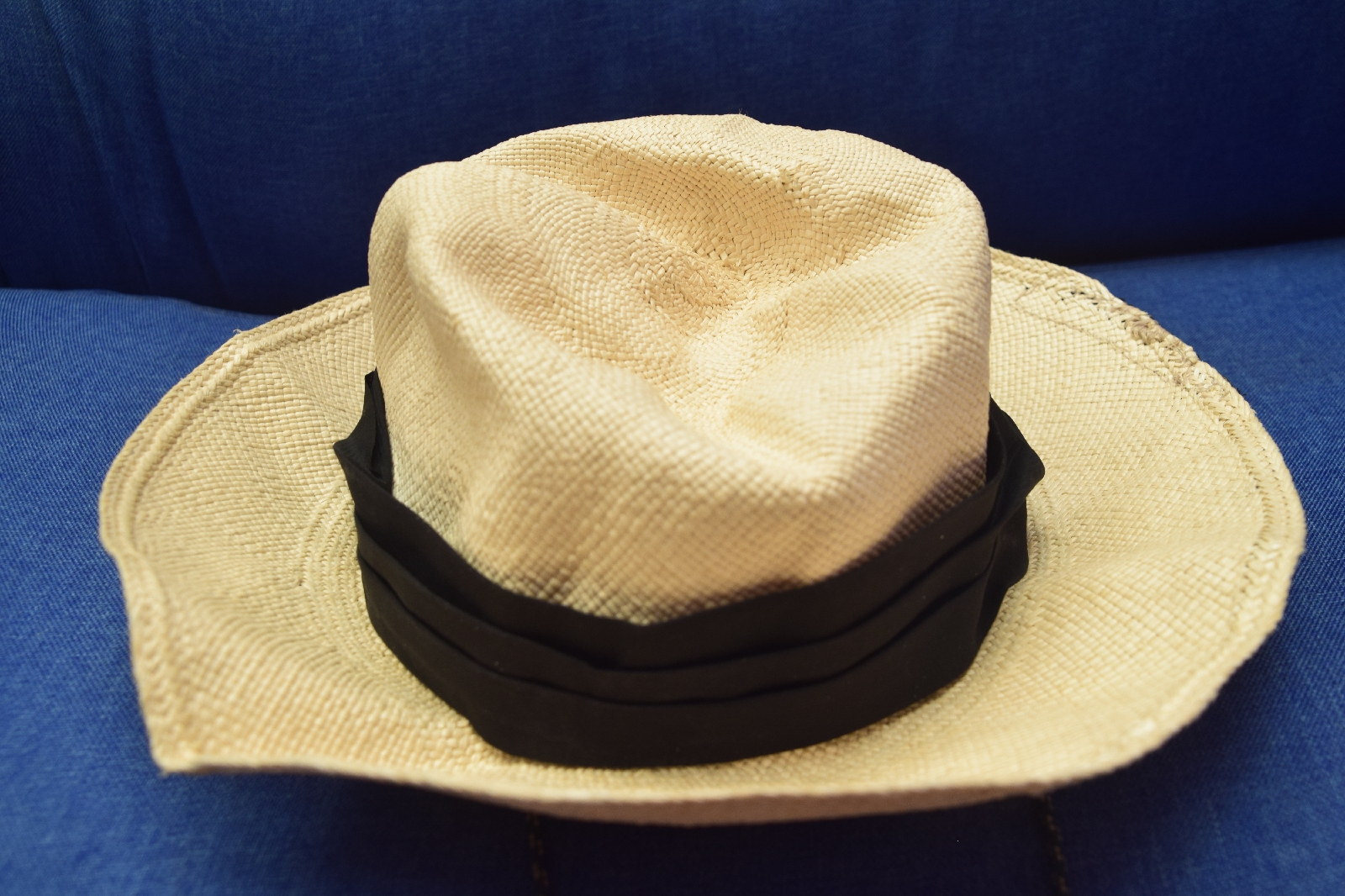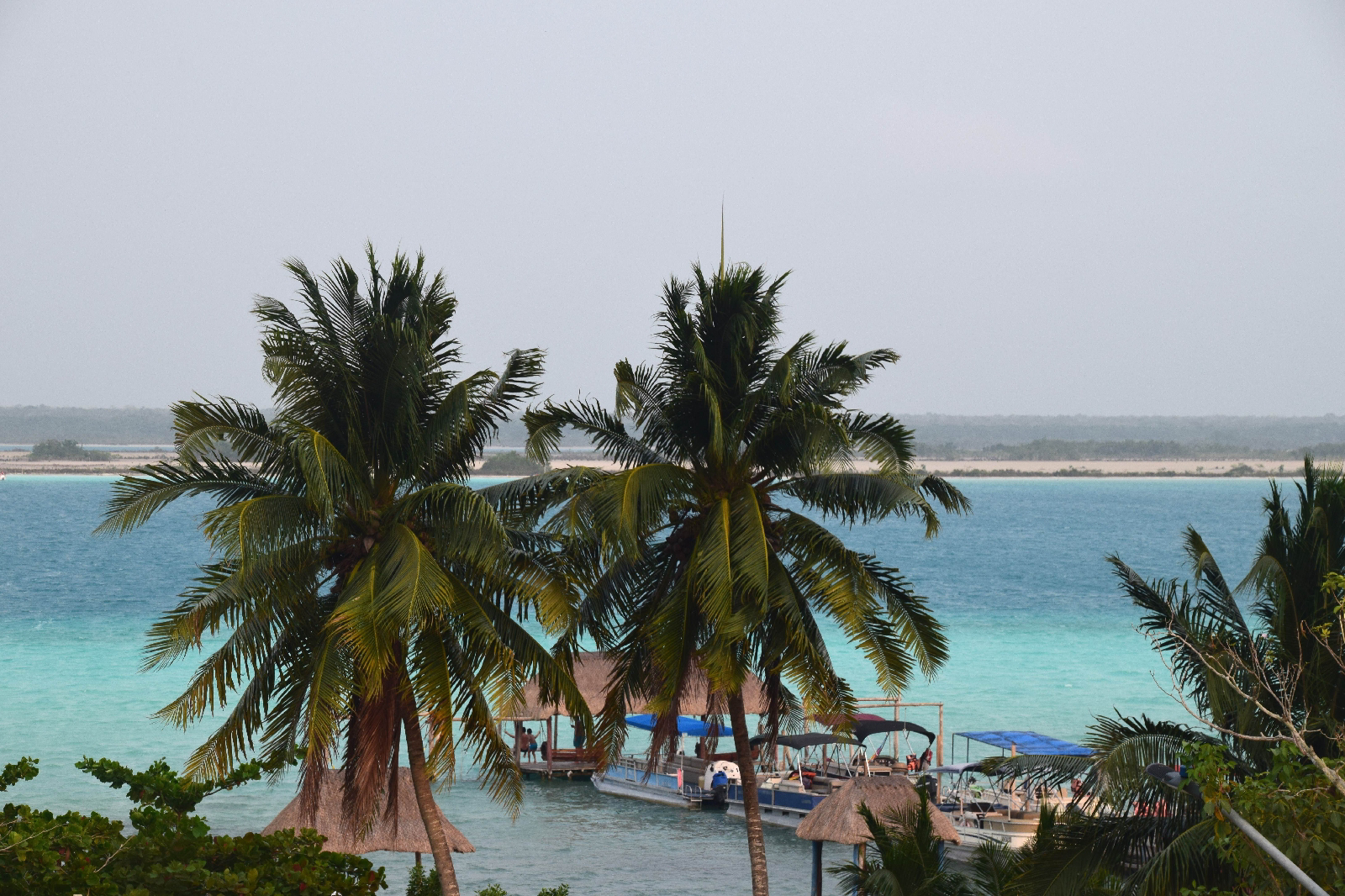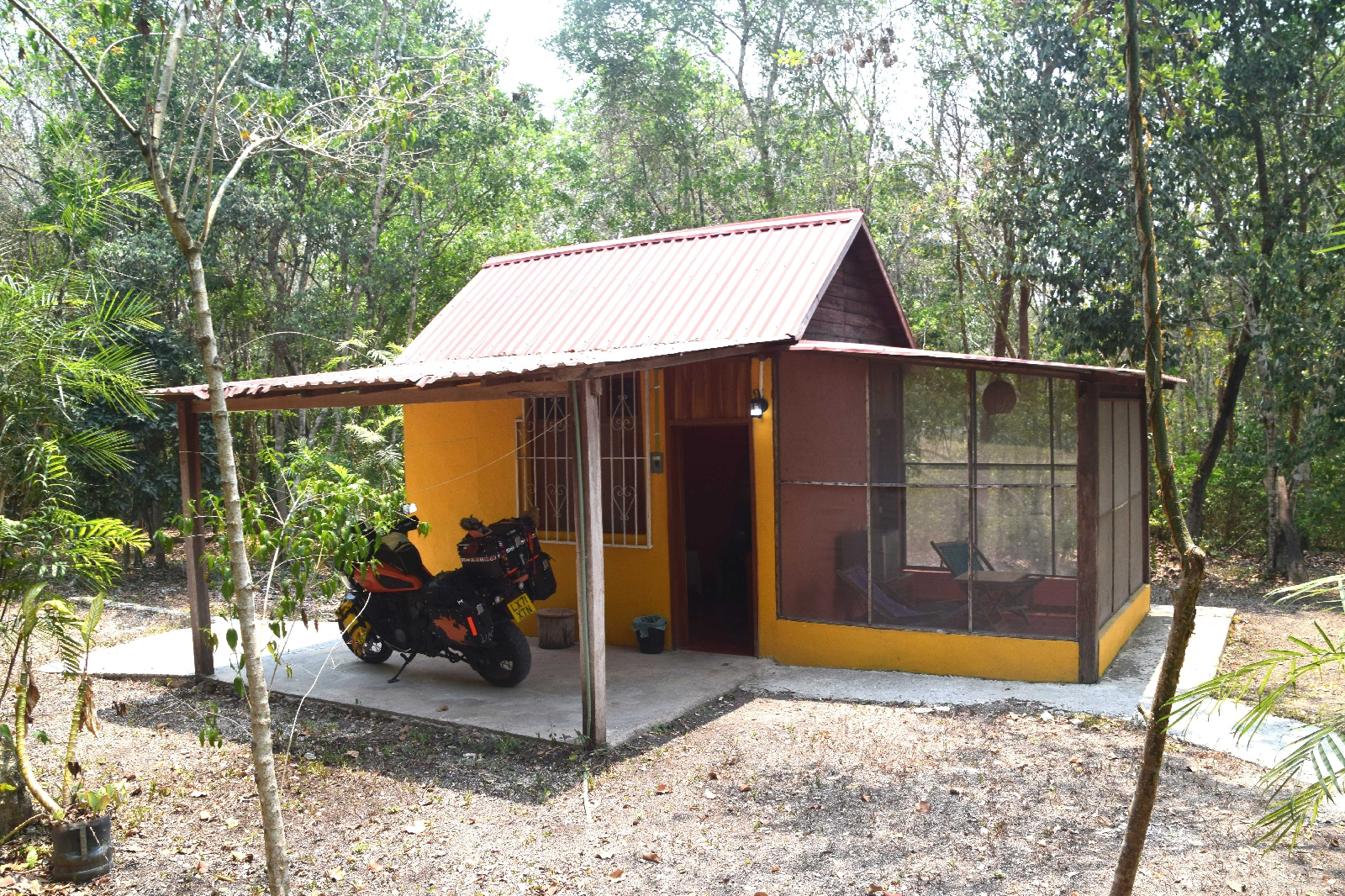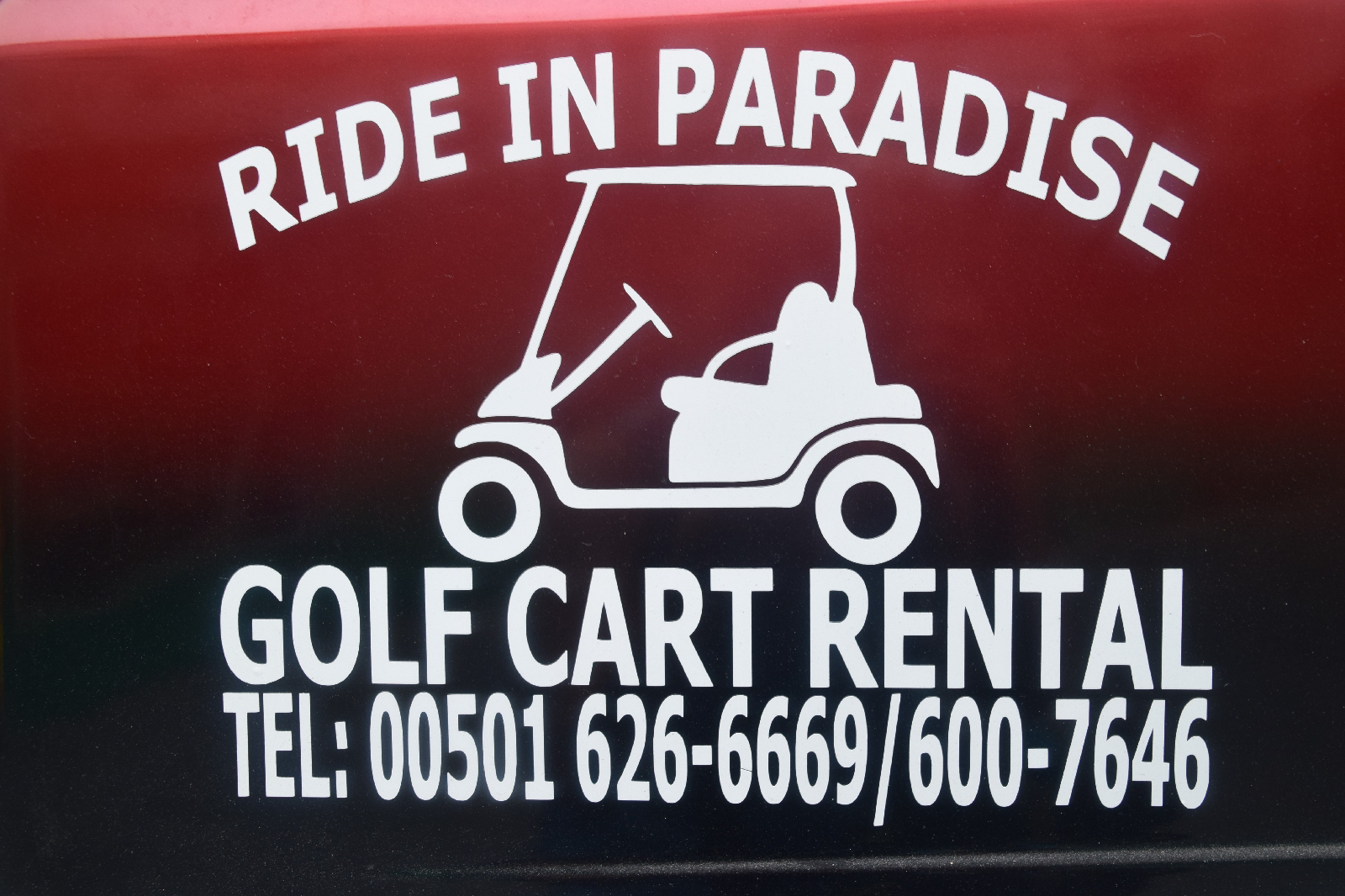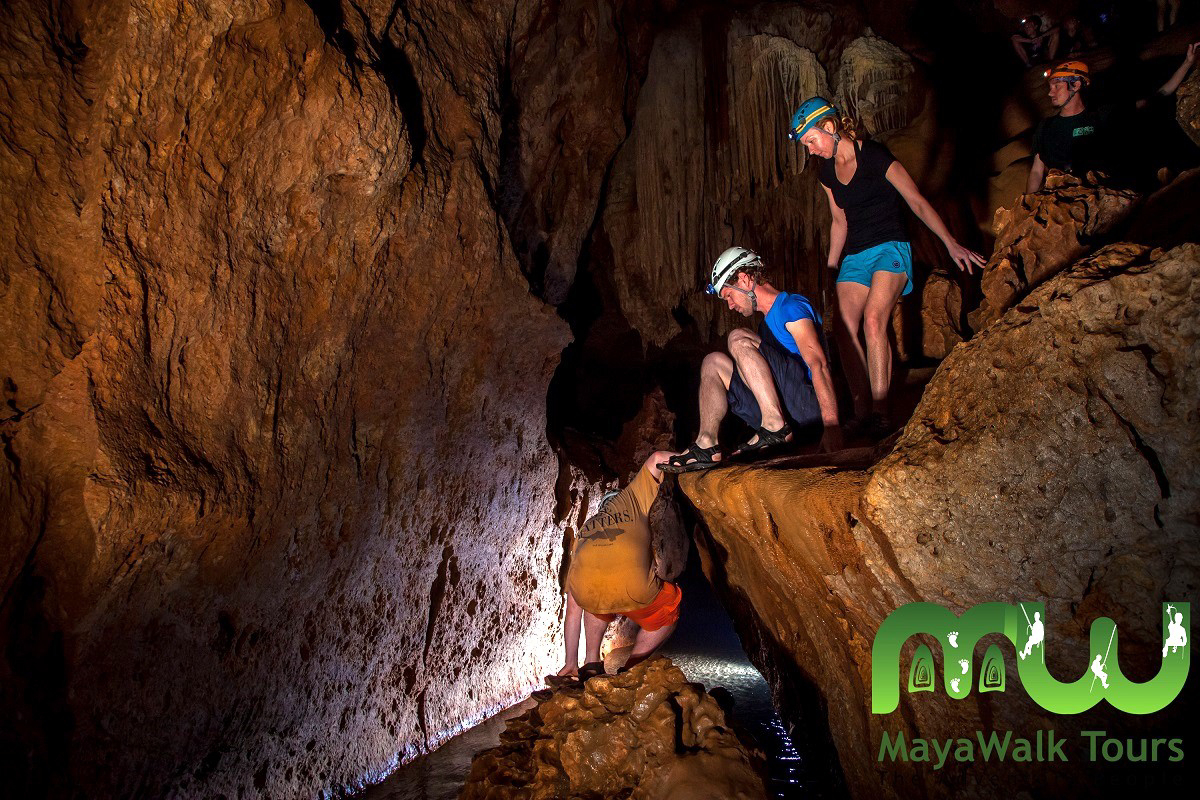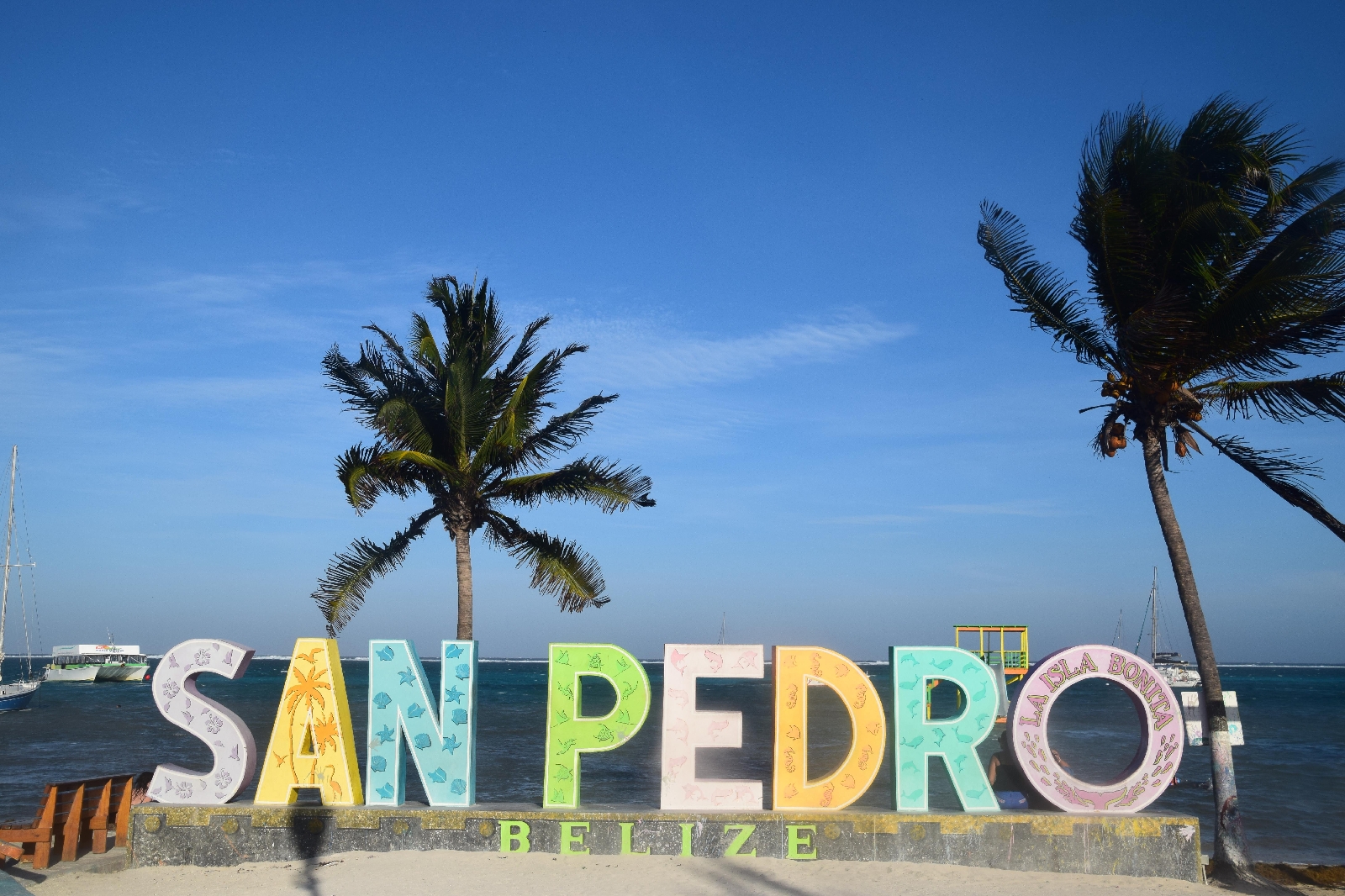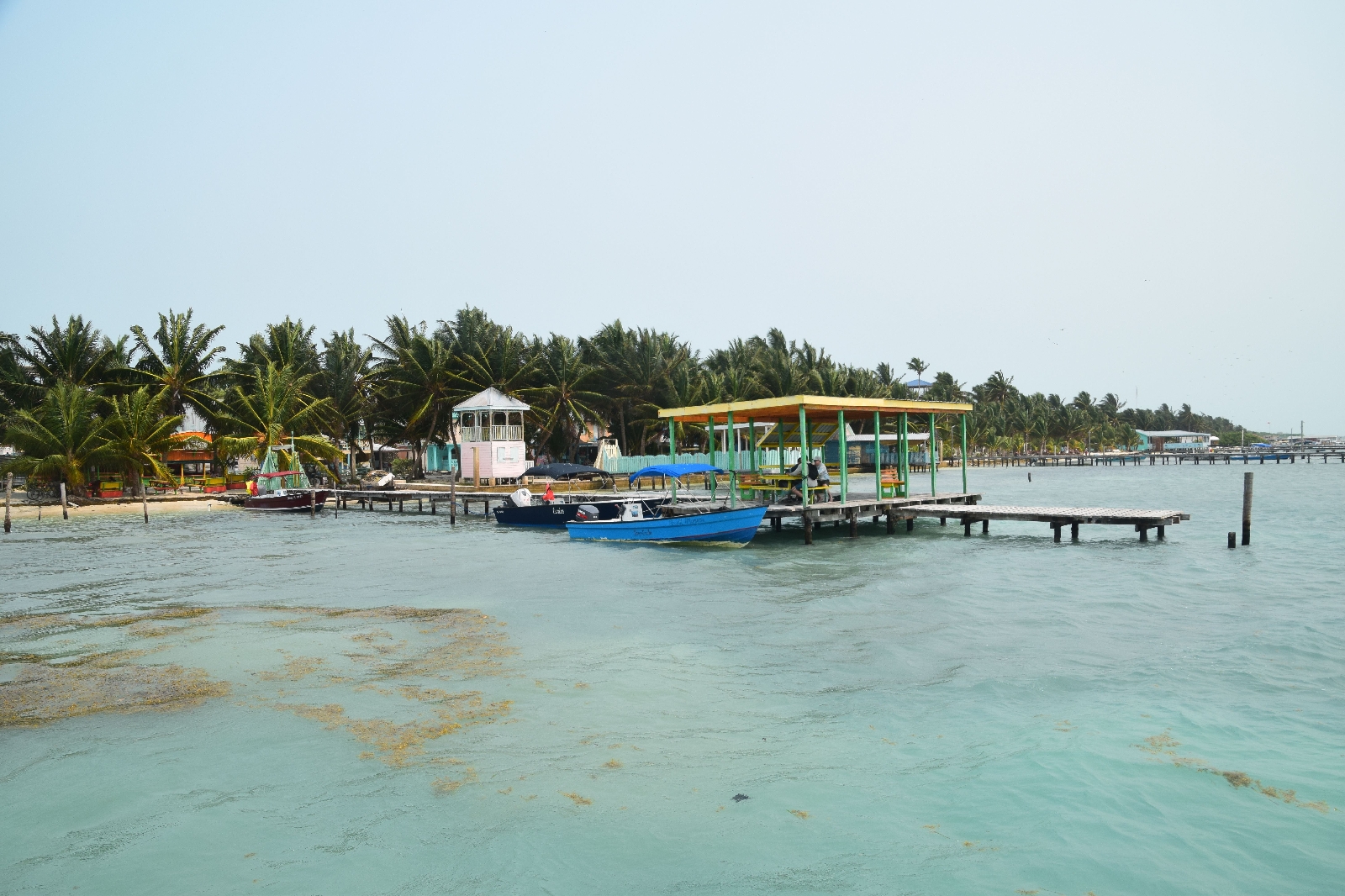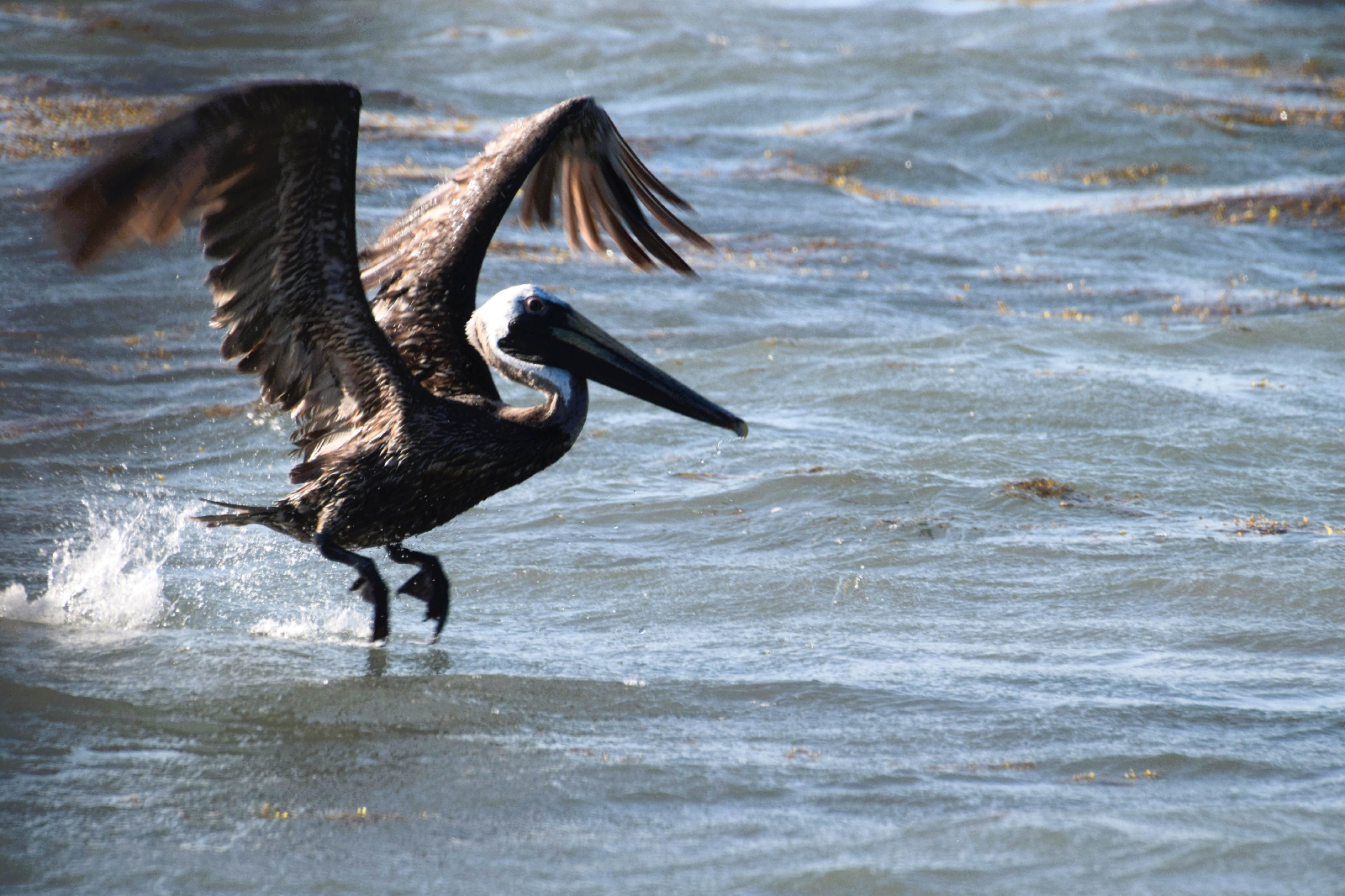The heatwave continues. It is not only very hot on the bike but also when we go wandering. A man needs his hat. Paul got a replacement Panama in Cuenca in Ecuador after being told that the one he had brought with us was beyond repair at a Panama hat factory. The damage was due to him rolling the hat up as he had been told to do. He then managed to loose the old hat whilst visiting Cotopaxi. As we don't have room to carry a special hat box on the bike Paul also has to roll up the new one to carry with us and it is suffering just like the last one. It is currently looking as though it might not make it to the end of the trip.
From Palenque we headed south to San Cristobal de las Casas. We felt slightly on edge about this. There are a number of sources of information we use on our travels and the road from Palenque to SCdlC has a bad reputation. Not about its condition but about road blocks, rope blocks, attacks etc. - basically highwaymanism or banditry. Some of the reports are quite serious. But we saw nothing and had no problems whatsoever. There were only two points of interest on the road: one a convoy of six or seven black, with blacked out windows, cars and pickups with men dressed in black with black balaclavas standing in the back going quite fast in the opposite direction. Certainly not your average police, if police at all. And second, the number of speedbumps, reported to be in excess of 500 which makes riding 200kms very hard work indeed; we rarely got out of third gear.
San Cristobal also has a reputation for people getting very ill. You can find websites that speak of sewage mixing with the water supply because Coca-Cola syphon off the good water at a bottling plant; other sites telling you to shower with snorkel and mask and beware, never brush your teeth with tap water; make sure the bottled water has its seal intact, don't eat fruit or vegetables, beware of juices and ice cubes etc. We didn't get ill.
And then there are the petrol stations. They don't accept cards so you have to pay in cash and then they give you the wrong change; the pumps are not set at zero; they aren't properly calibrated etc. The only issue we have had is leaving within 5 minutes after having filled up as the attendants usually want to chat with us about the bike, the trip, where we come from and the Premier League.
All this builds up so you become wary of people. We are not saying that all these bad things don't happen, but we are having a great time and everybody is being really nice - if you forget the two Immigration officials... All this Internet stuff can really give you the wrong impression and make you act the wrong way towards others who are being genuine and nice with you. However nobody would read bland, boring Internet posts and those sites wouldn't then generate the requisite number of 'hits' to maintain the advertising income.
Anyway, putting the road needed to access San Cristobal to one side, the town itself was great. Far bigger than we thought it was going to be and also lively and cool temperature wise, primarily due to it being at an altitude over 2,000m. Our accommodation gave us recommendations for an afternoon cafe, a wine bar and a restaurant. We are not sure what is written on our faces but the cafe was French and run by a lady from Normandy and was magnificent; the wine bar was cheap and gave you free tapas and was run by bikers - yes Paul bought the T-shirt and the restaurant served vegetables in quantity. So we had a pretty good time in SCdlC and would tell everyone that they MUST visit and ignore the interet.
We used San Cristobal as a base to visit the nearby Sumidoro Canyon. This too was very impressive; there seems to be enough water here compared to elsewhere we have been as the level was maintained throughout the dry season - soon to become wet season, need to hurry up. The river starts in Guatemala and is dammed and part of an enormous scheme with a number of dams and hydroelectric plants along its course. The crocodiles were a bonus. As was the trip being quite short, which meant we could get back to San Cristobal for our afternoon coffee and cake.
Having dilly dallied about, we needed to do some kms. The clock was ticking. It's often quite nice and interesting to take the back roads, 'the roads less travelled'. However if this means speedbumps, we much prefer to travel the road less speedbumpy even if it is a toll road. The intense heat doesn't help either. So apart from having some very nice food at Salina Cruz, we left it as we found it and scuttled on to Puerto Escondido.
Puerto Escondido has some incredible waves. Totally scary. We thought about venturing in but didn't quite make it. Paul hadn't quite recovered yet from the caving and snorkeling adventures. It was also the most uncomfortable place we have been as far as climate is concerned. Only 34°C but in excess of 80% humidity. If we went out we simply couldn't keep up with the washing. But... we did find a French (Canadian) bakery/patisserie near by...
The accommodation also had a rooftop restaurant with sunset views and some very cultured food. Food genuinely has been a super plus point in Mexico both from the variety and the flavours. There has also been significant stodge available for Paul when in need of comfort food. One thing not on the menus is sea turtle. Sea turtle has been banned as a food in Mexico since 1990. And having not really ventured out of our accommodation due to the heat, we rode further up the coast in the late afternoon to take part in the 'liberacion' of baby olive ridley sea turtles. We are not sure as to whether the claimed environmental credentials of this are true or not - eggs are taken from the nests to protect them and also provide the hatchlings that are then 'liberated'. But we did enjoy it.
Twenty six days left.
